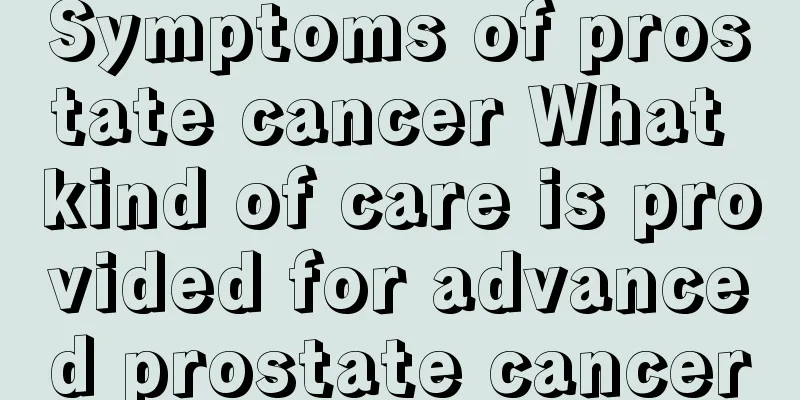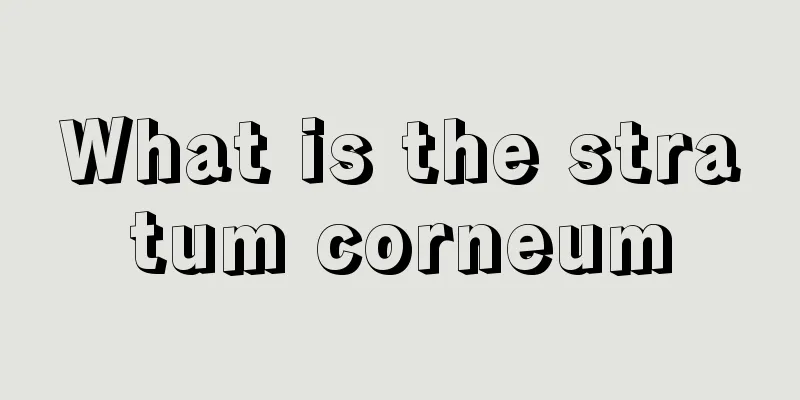What does classic thyroid cancer mean

|
The classic type of thyroid cancer usually refers to one of the most common types clinically. Thyroid cancer can be divided into four types according to different tissue origins: papillary carcinoma, follicular carcinoma, medullary carcinoma and undifferentiated carcinoma. Among them, papillary thyroid carcinoma is the most common, grows relatively slowly, and deteriorates less frequently. It is common in middle-aged women. It is recommended that patients seek medical attention in a timely manner and receive appropriate treatment measures under the doctor's clear diagnosis. The specific analysis is as follows: 1. Papillary thyroid cancer: It is a type of thyroid cancer with a relatively low degree of malignancy. It is usually related to radiation and genetic factors. Most patients have no obvious symptoms and are only accidentally discovered during physical examinations. As the thyroid gland continues to grow, symptoms such as local compression and dyspnea may occur. It can usually be treated through related surgeries such as lobectomy and isthmus resection or thyroidectomy. 2. Follicular thyroid cancer: Second only to papillary thyroid cancer, it is more common in women over 40 years old. In the early stage, it is easy to metastasize through the blood. Cancerous tissue may invade surrounding tissues and organs, resulting in symptoms such as hoarseness and dysphagia. It can usually be treated by lesion resection surgery, and radiotherapy is also needed for auxiliary treatment. 3. Medullary thyroid cancer: It is mainly caused by RET oncogene mutations, and mostly occurs in women between the ages of 30 and 60. After the onset of the disease, symptoms such as bilateral thyroid masses, shortness of breath, and hand and foot cramps generally appear. For cancer that has not metastasized, it can be treated by total thyroidectomy. For cancer that has metastasized, chemotherapy is also needed for adjuvant treatment. 4. Anaplastic thyroid cancer: It is usually the most malignant type of thyroid cancer, and is more common in elderly and weak patients. It develops quickly and usually presents with symptoms such as difficulty eating, coughing when drinking water, and pain in the thyroid area. The treatment is mainly surgical removal of the lesion, such as thyroid lobectomy or total thyroidectomy, and targeted therapy is also needed for auxiliary treatment. Thyroid cancer may not have obvious clinical symptoms in the early stage of the disease. As the disease progresses, symptoms such as local pain, dyspnea, dysphagia, and facial flushing may occur. It is recommended that patients go to the thyroid surgery or general surgery department of the hospital in time for surgical treatment. Radiotherapy and chemotherapy can also be used after surgery to inhibit the growth and spread of cancer cells. In daily life, pay attention to rest more, ensure adequate sleep time, avoid overwork, and go to the hospital for regular checkups. |
<<: Is breast calcification an early sign of breast cancer?
>>: Is glioma or lymphoma serious?
Recommend
Are removable dentures better or fixed ones?
In life, some people have their teeth knocked out...
Can minimally invasive interventional treatment of early gastric cancer be cured? It is possible
The depth of invasion of early gastric cancer is ...
What is tung oil
Many people are unfamiliar with tung oil. It is o...
Stir-fried barley to remove scalp
Job's tears has the effect of removing dampne...
What to do if your feet stink when wearing sports shoes? Here are three ways to help you
Sports shoes are the favorite of athletes, but sp...
What is the cause of chest pain when coughing
Many people experience coughing while having a co...
What to do with mild dry eyes?
Mild dry eye syndrome should be taken seriously, ...
Is bone cancer contagious?
Bone cancer refers to the skeletal system, which,...
What to do with psychological depression, what are the methods to relieve it
Nowadays, there are quite a lot of people sufferi...
Fruit collection for skin tumor diet
The secret to preventing skin tumors is very simp...
The younger you smoke, the more likely you are to get bladder cancer. To prevent bladder cancer, you need to quit smoking immediately
Bladder cancer is the most common tumor in the ur...
Dietary taboos for chemotherapy of rectal cancer liver metastasis
What are the dietary taboos for chemotherapy of r...
How to tie your hair without bangs to look good
A good-looking hairstyle can greatly enhance a pe...
Can a cold cause stomachache?
Colds are a common disease among people. People w...
What is the reason for general fatigue?
Some friends will experience physical fatigue in ...









